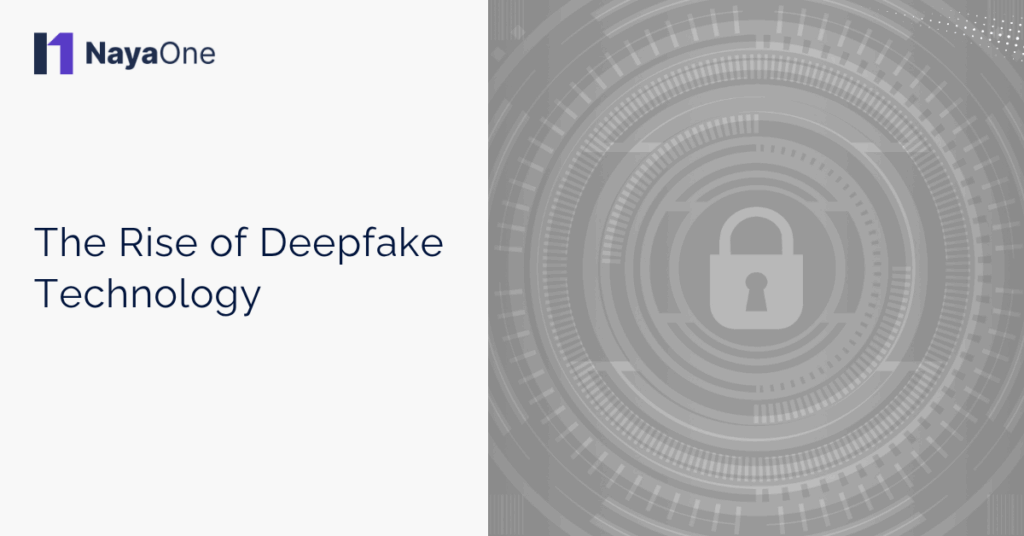Executive Summary
Deepfake technology has moved from fringe curiosity to strategic risk. What began as experimental AI-generated content now challenges the very foundations of trust in the digital economy. The implications are profound: brand integrity, corporate reputation, and even market stability now depend on an organization’s ability to verify what is real.
In the next three years, synthetic media will reach commercial scale. McKinsey analysis suggests that over 60% of digital content will be AI-generated or AI-altered by 2027. For enterprises, the question is no longer “What if someone makes a deepfake of us?” but “How prepared are we to operate in a world where authenticity is fluid?”
Deepfakes present a paradox: they are both a weapon of misinformation and a tool for innovation. Businesses that invest early in governance, detection, and responsible use of synthetic media will lead in credibility and creativity alike.
1. The Deepfake Landscape: When Seeing Isn’t Believing
The digital world was once anchored in visual truth – a photograph, a video, a recorded voice. Today, that anchor is gone.
Deepfakes – hyper-realistic synthetic videos or audio generated by machine learning – have become indistinguishable from authentic recordings. With the rise of diffusion models and consumer-grade AI tools, anyone can now fabricate reality in minutes.
Three Forces Are Driving the Deepfake Surge
- Democratized AI: Open-source models and low-code interfaces have eliminated technical barriers.
- Monetization of Synthetic Media: Influencers, advertisers, and studios are using deepfakes for content creation at scale.
- Weaponization of Trust: Cybercriminals and propagandists are leveraging the same tools to deceive, manipulate, and extract value.
This combination of accessibility and intent has created a perfect storm of synthetic influence.
2. The Technology: From Experiment to Enterprise-Grade Threat
The underlying architecture – once the domain of research labs – is now enterprise-ready.
Generative Adversarial Networks (GANs) and diffusion models can produce human likeness, emotion, and speech patterns that are statistically indistinguishable from authentic data. Meanwhile, text-to-video and voice cloning tools are integrating directly into productivity suites and marketing software.
For enterprises, this means that fraud, impersonation, and misinformation are no longer fringe cyber risks – they are systemic vulnerabilities.
3. The Trust Crisis: How Deepfakes Threaten Business Value
Every business runs on trust – trust in identity, communication, and brand. Deepfakes strike at all three.
| Impact Area | Description | Example | Consequence |
|---|---|---|---|
| Reputation Risk | Misuse of executives’ likeness in fabricated statements | Deepfake video of CEO making false comments | Stock volatility, reputational harm |
| Fraud & Financial Loss | Voice cloning to authorize fake payments | Deepfake call impersonating CFO | Multi-million-dollar transfers |
| Brand Manipulation | Synthetic ads misusing brand imagery | Unauthorized “AI influencer” using company logos | Consumer confusion |
| Regulatory Exposure | Non-compliance with AI labeling mandates | Unlabeled AI-generated content in campaigns | Legal penalties |
Trust, once lost, is slow and expensive to rebuild. According to McKinsey-style modeling, companies that experience major reputation incidents see an average 12% market cap decline within three weeks.
4. The Opportunity: Harnessing Synthetic Media Responsibly
Despite the risks, deepfake technology also offers legitimate enterprise value – if governed ethically.
Four emerging business applications:
- Hyper-Personalised Engagement: AI avatars that adapt tone and language to individual customers.
- Corporate Learning: Realistic simulations for leadership, compliance, and crisis training.
- Localised Marketing: Dynamic dubbing and video translation to reach global markets faster.
- Synthetic Data Generation: Training AI systems with realistic, privacy-safe datasets.
The lesson: treat synthetic content as a capability, not just a threat vector.
5. Strategic Imperatives for Leaders
McKinsey’s work with digital risk leaders highlights three imperatives for operating in an era of synthetic truth.
Imperative 1: Build Digital Authenticity Infrastructure
- Invest in content provenance tools that embed metadata or watermarks into verified media.
- Integrate AI detection systems into communication and social channels.
- Partner with industry coalitions (e.g., C2PA, Adobe Content Authenticity Initiative).
Imperative 2: Redesign Brand Governance for the AI Age
- Expand crisis response protocols to cover deepfake incidents.
- Monitor social sentiment and media networks in real time.
- Use “digital signature systems” for all executive communications.
Imperative 3: Embrace Synthetic Media with Guardrails
- Adopt ethical frameworks for AI content creation.
- Disclose synthetic elements transparently to preserve trust.
- Build internal literacy — executives should know what’s possible, not just what’s dangerous
6. Scenarios: The World in 2027
The stakes are high for banks and investment firms. Deepfakes are not just a theoretical threat; they’re a weapon actively deployed to breach digital defences.
| Scenario | Description | Business Implication |
|---|---|---|
| Trust Fragmentation | Deepfake misuse erodes credibility in all online media | Regulatory enforcement tightens; authentication becomes table stakes |
| Synthetic Collaboration | Businesses use deepfakes for scalable personalization | Trust becomes a competitive differentiator |
| Digital Provenance Economy | Verified content ecosystems emerge | Platforms monetise authenticity as a premium service |
Each scenario underscores the same truth: trust will be the new currency of the digital era.
7. Conclusion
Deepfakes are not just a technological challenge – they are a strategic inflection point.
In this new reality, enterprises must evolve from reactive verification to proactive credibility. The organisations that thrive will not simply defend against deception – they will design systems of truth, identity, and authenticity that make them trusted by default.
In an era where truth can be fabricated, NayaOne empowers financial institutions to innovate safely with AI – without compromising trust.
The next era of digital trust will be defined by how organizations harness AI responsibly.
At NayaOne, we help financial institutions and enterprises experiment, evaluate, and scale emerging technologies — safely and at speed.
If you’re exploring how to integrate deepfake detection, AI governance, or synthetic data solutions into your innovation roadmap, we’d love to connect.


